Read how faculty fold Oxford’s cityscape into the classroom to craft compelling major and minor seminars for Academia students.
Walking Through War
As part of the War and World History minor, students took part in a walking tour through Oxford from St. Hilda’s College to Worcester College to explore how different conflicts have left their mark on the city. The tour encouraged students to think critically about how war is remembered in public space and how different narratives are preserved, contested, or forgotten.
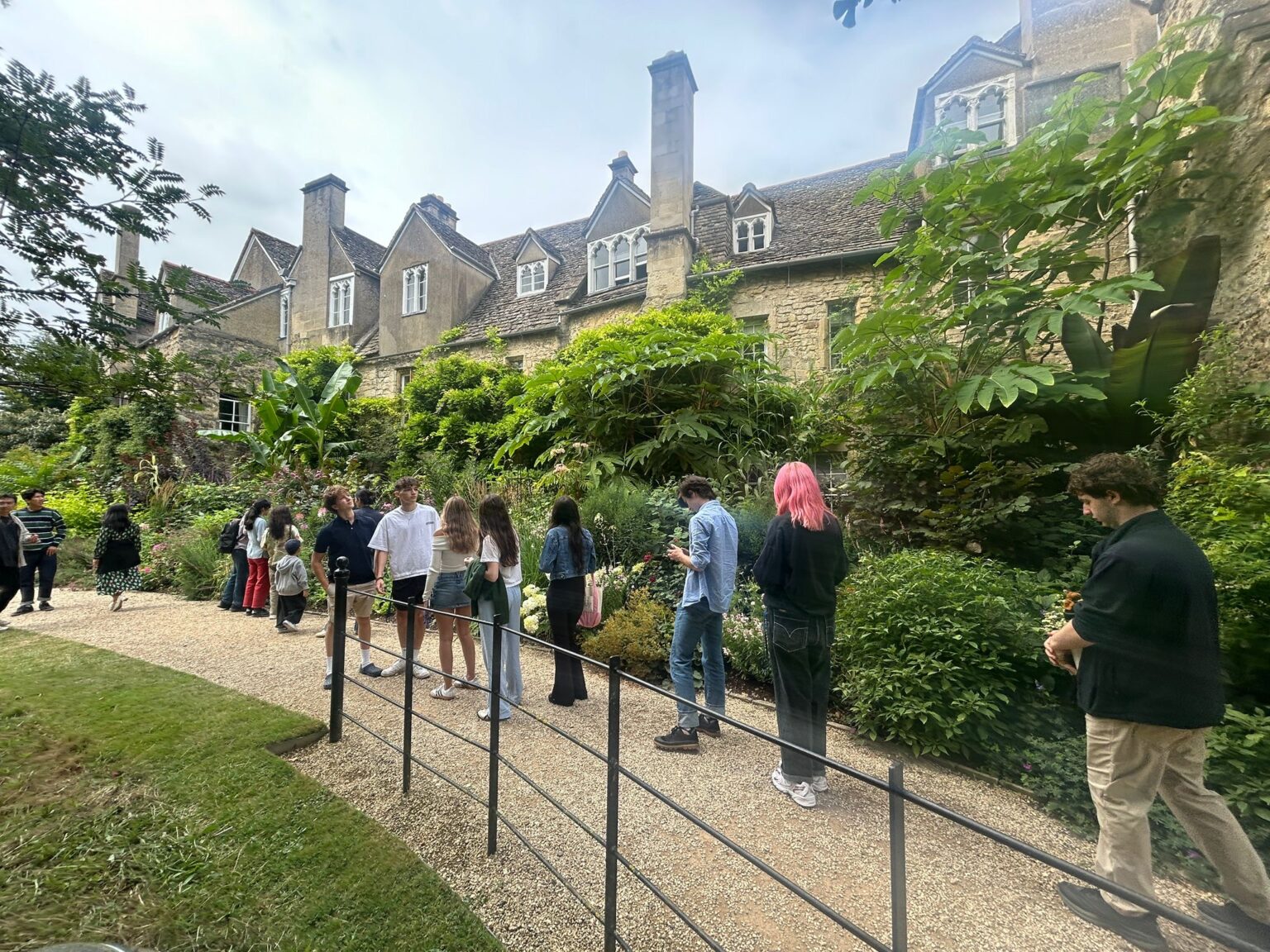
At the Oxford Botanic Garden, students visited the memorial plaque commemorating the genocide of the Jewish people, prompting discussion about how violence is commemorated and the challenges of representing absence. At the Rhodes statue on the High Street, the group reflected on imperialism, colonial wars, and the politics of memory today.
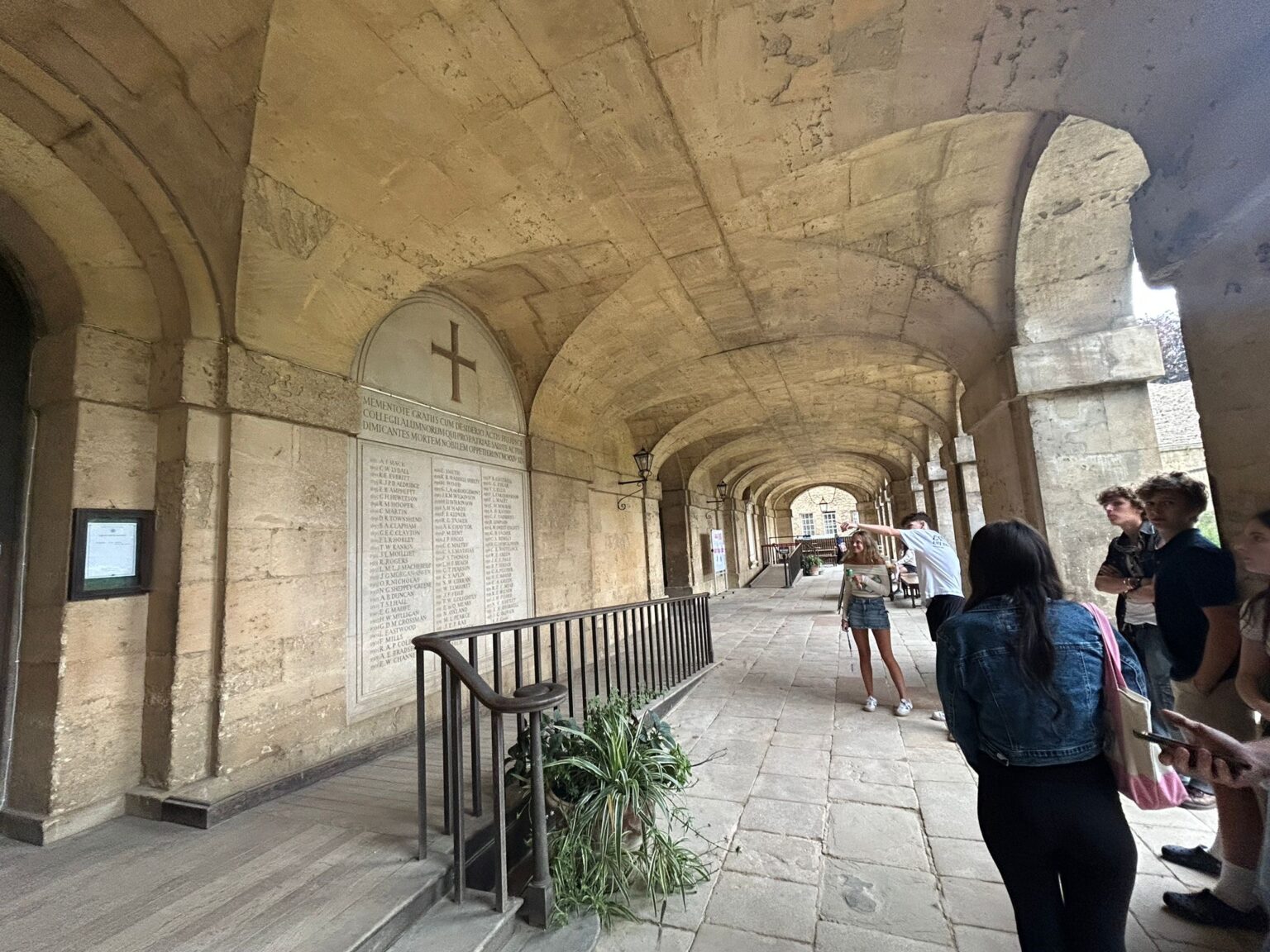
Later at Worcester College, the class learned about the dissolution of the monasteries and how the funds from those dissolved monasteries were used to finance warfare. This is especially poignant, since Worcester College is located on the site of one of these former monasteries, Gloucester College, which was converted long after the benedictine monastery had been dissolved. The class also learned about Worcester College’s day-to-day activities during World War I, with students examining archival photographs and the college’s war memorial to explore how it reshaped university life.
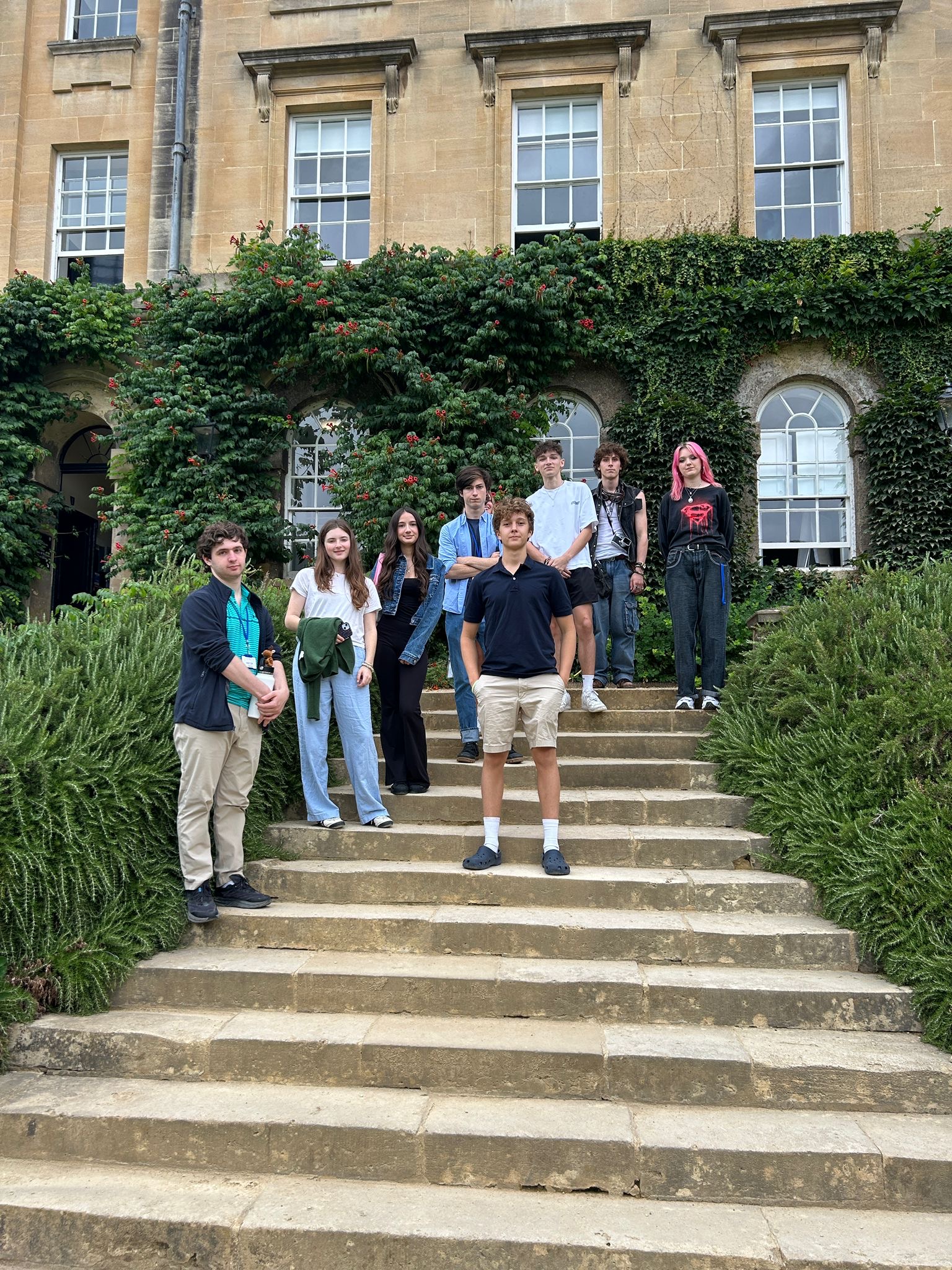
A Creative Character Study
After discussing characterization, the Creative Writing Major students sought inspiration for their next writing assignment by observing people in town.
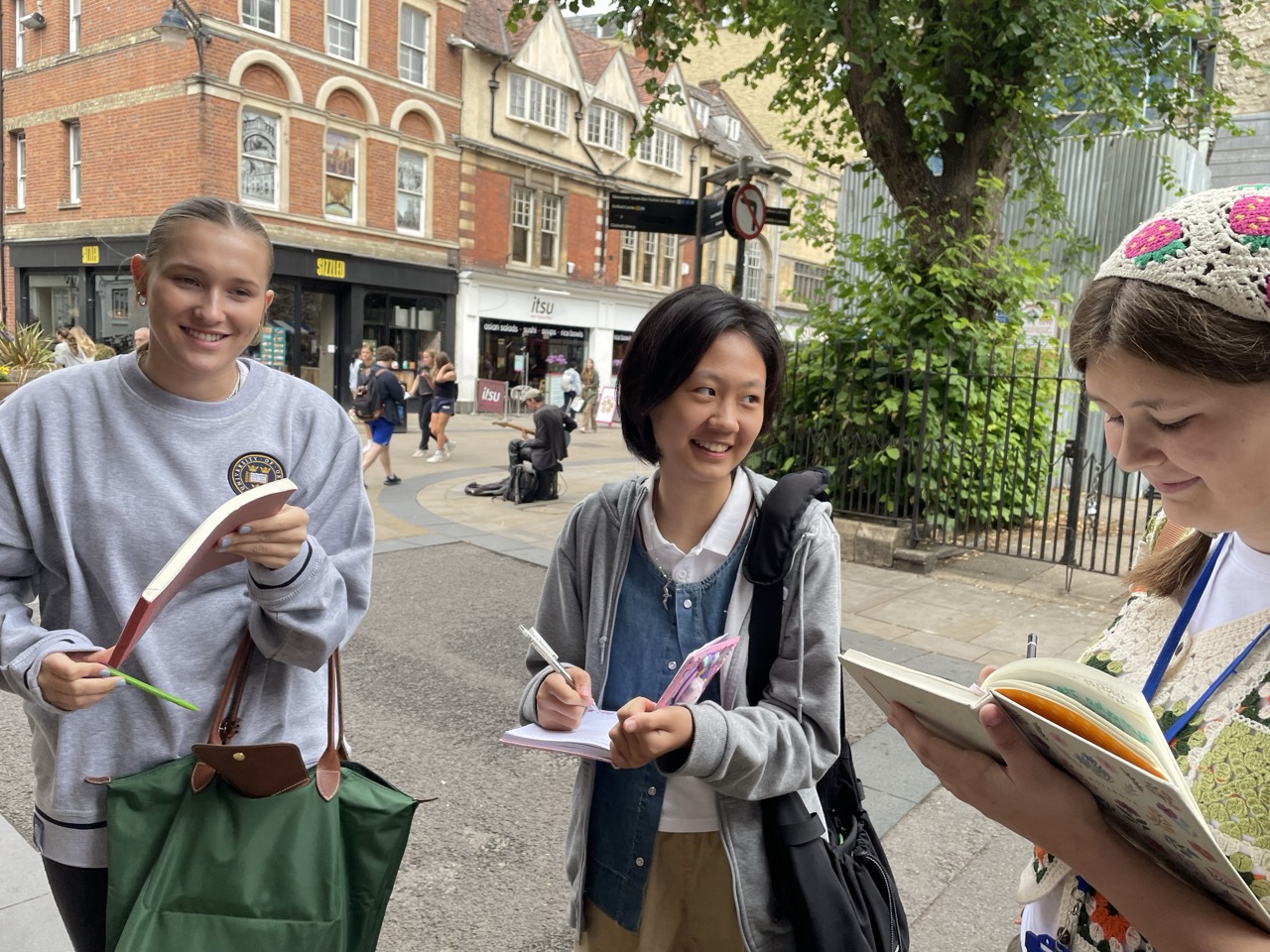
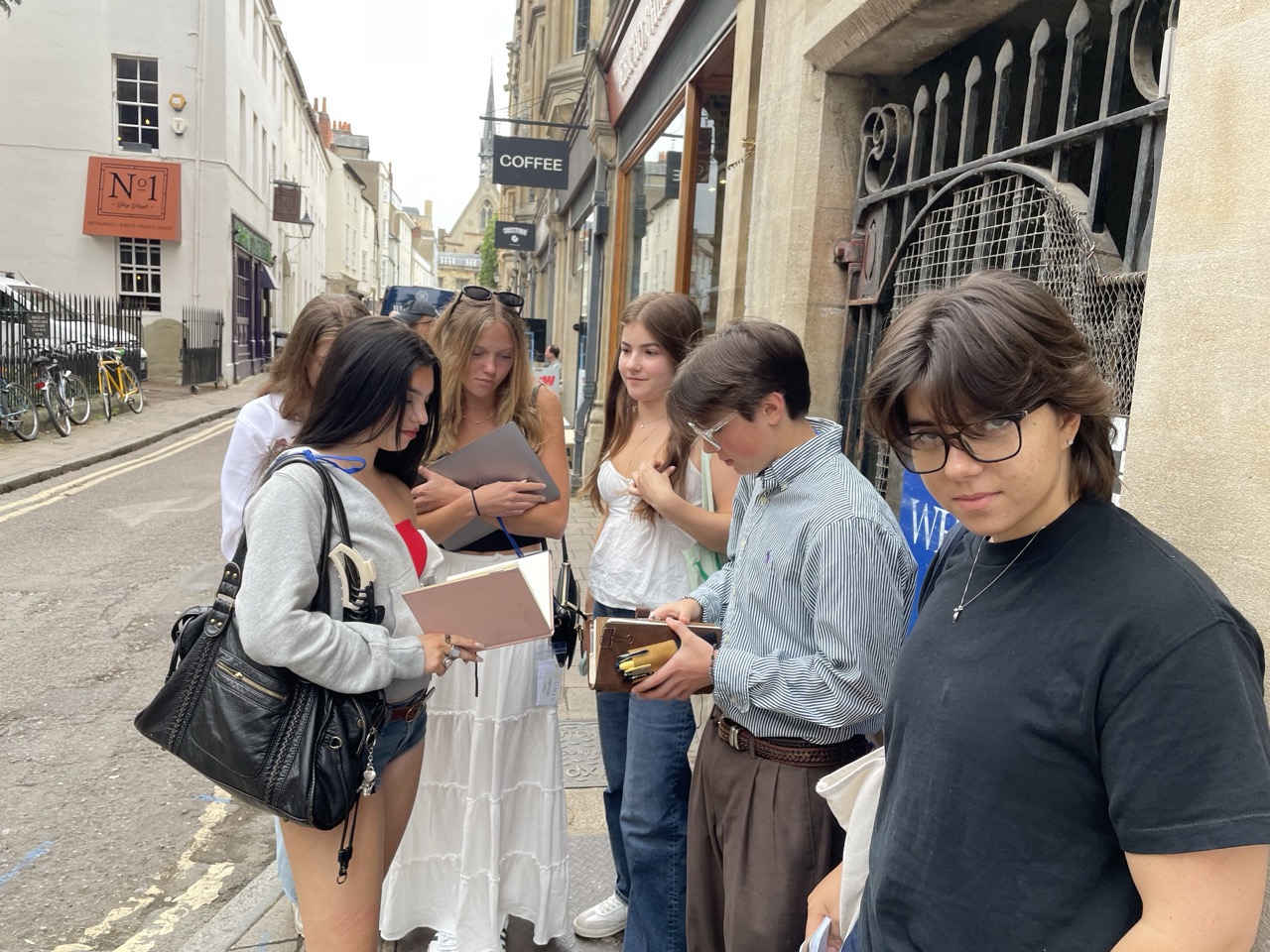
Criminal Minds! Critical Discussions in the Criminology
Our criminology minor class has started very well!
Class One: What even is criminology?
Our opening session focused on introductions and clarifying what criminology encompasses. Often, we assume criminology is the same as ‘true crime’ but it extends far beyond popular media portrayals. We quickly came to understand that we are exploring an interdisciplinary field that combines psychology, sociology, law, and statistics to examine crime comprehensively.
The students brought diverse backgrounds and interests to the class—from true crime enthusiasts to those considering forensic or law enforcement careers. Their varied perspectives and genuine curiosity make for engaging classroom discussions.
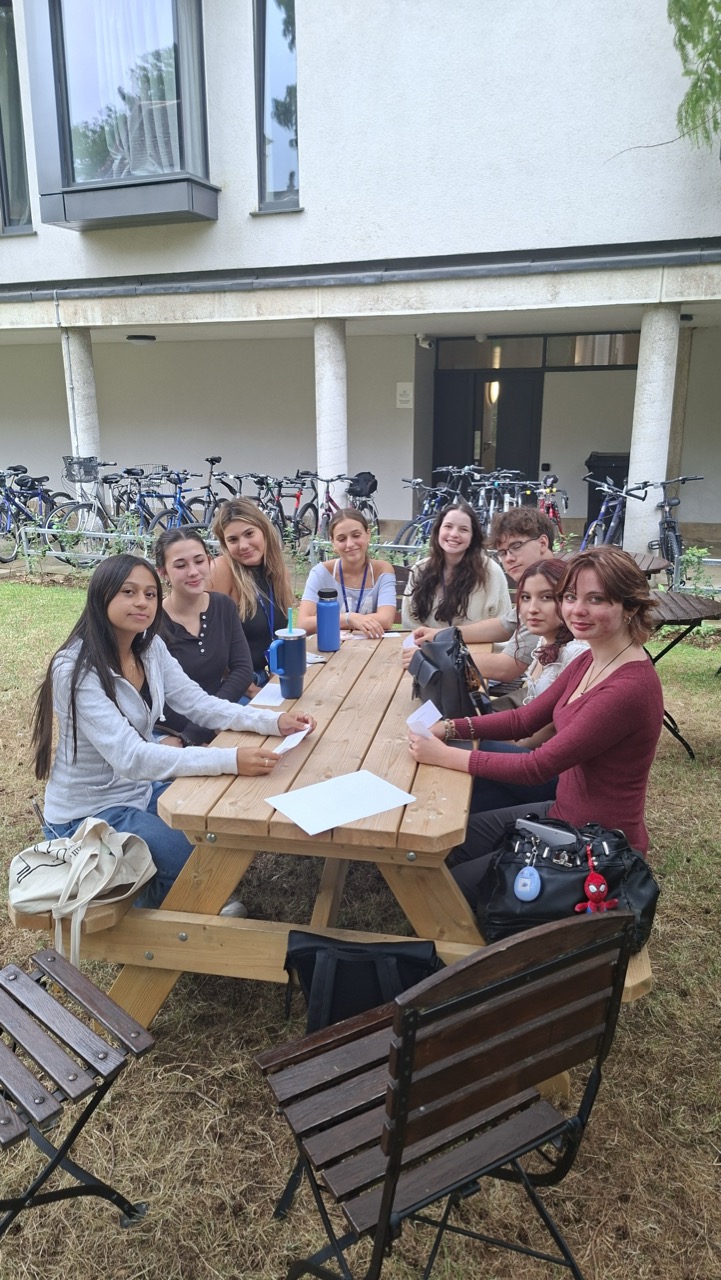
Class Two: Diving deep into criminal minds
Our second class explored criminal psychology and social theories of crime, and the students were completely absorbed! Watching them connect the dots between biological factors, cognitive theories, and social influences on criminal behavior was fantastic. They’re starting to see that crime isn’t just about “bad people”—there are complex layers of social, economic, and psychological factors at play.
We have an esteemed guest speaker joining us soon and I know the students will be inspired to hear from someone actively working in the field. Plus, our upcoming visit to Oxford’s criminal court will bring everything we’ve been studying to life.
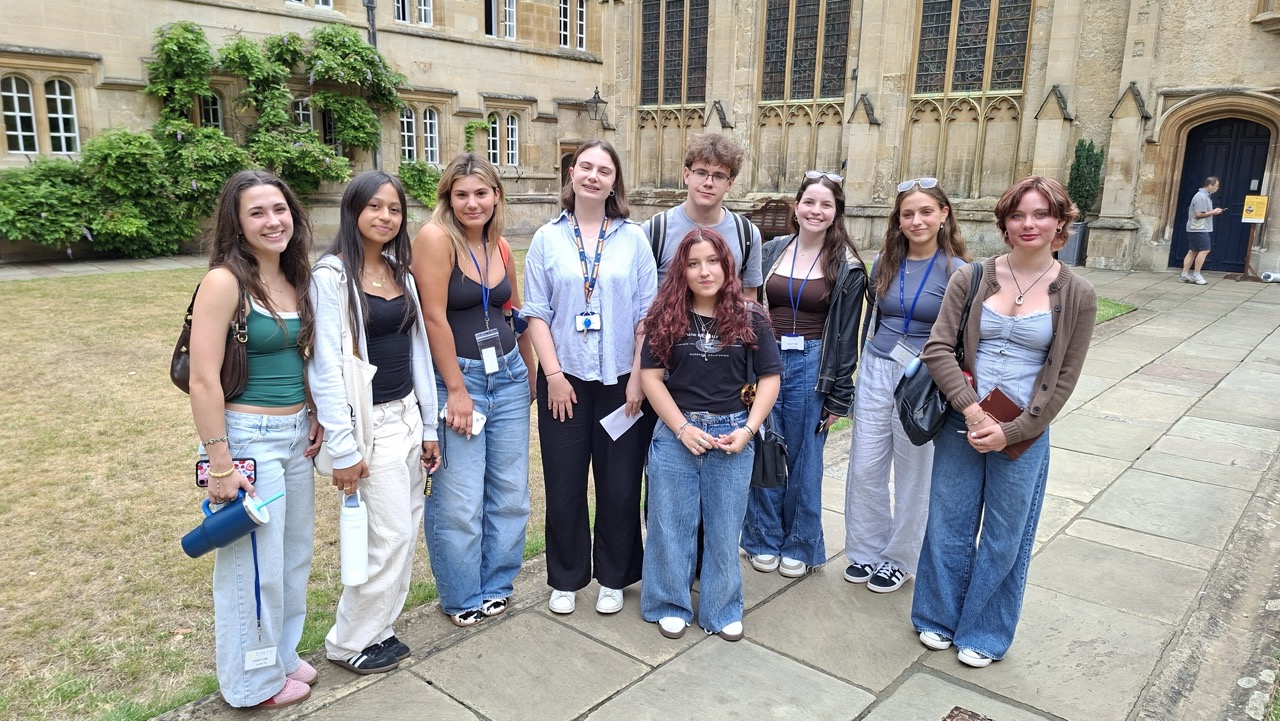
Evolutionary Psychology
Psychology Major students worked on their group projects in class today before heading off to visit the Oxford’s Natural History and the Anthropological Museum. They were given a task to find an artifact and then do research on how it helps us understand psychological concepts or theories.
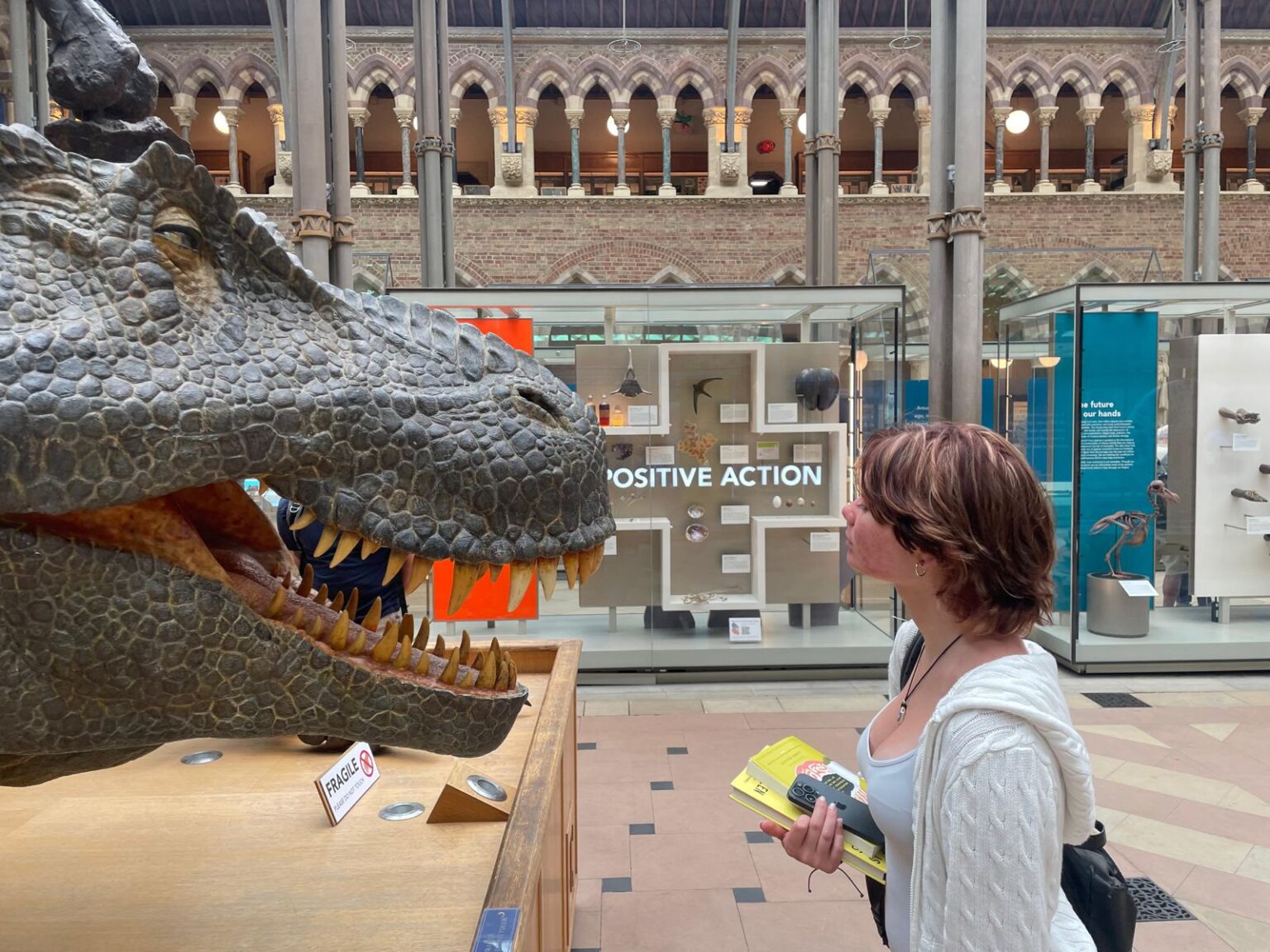
Students were impressed by the fact that this Museum was the place of the first ever public debate on Theory of Evolution (The Great Debate) in 1860, which is commemorated by the stone in front of the museum (see our collective photo).
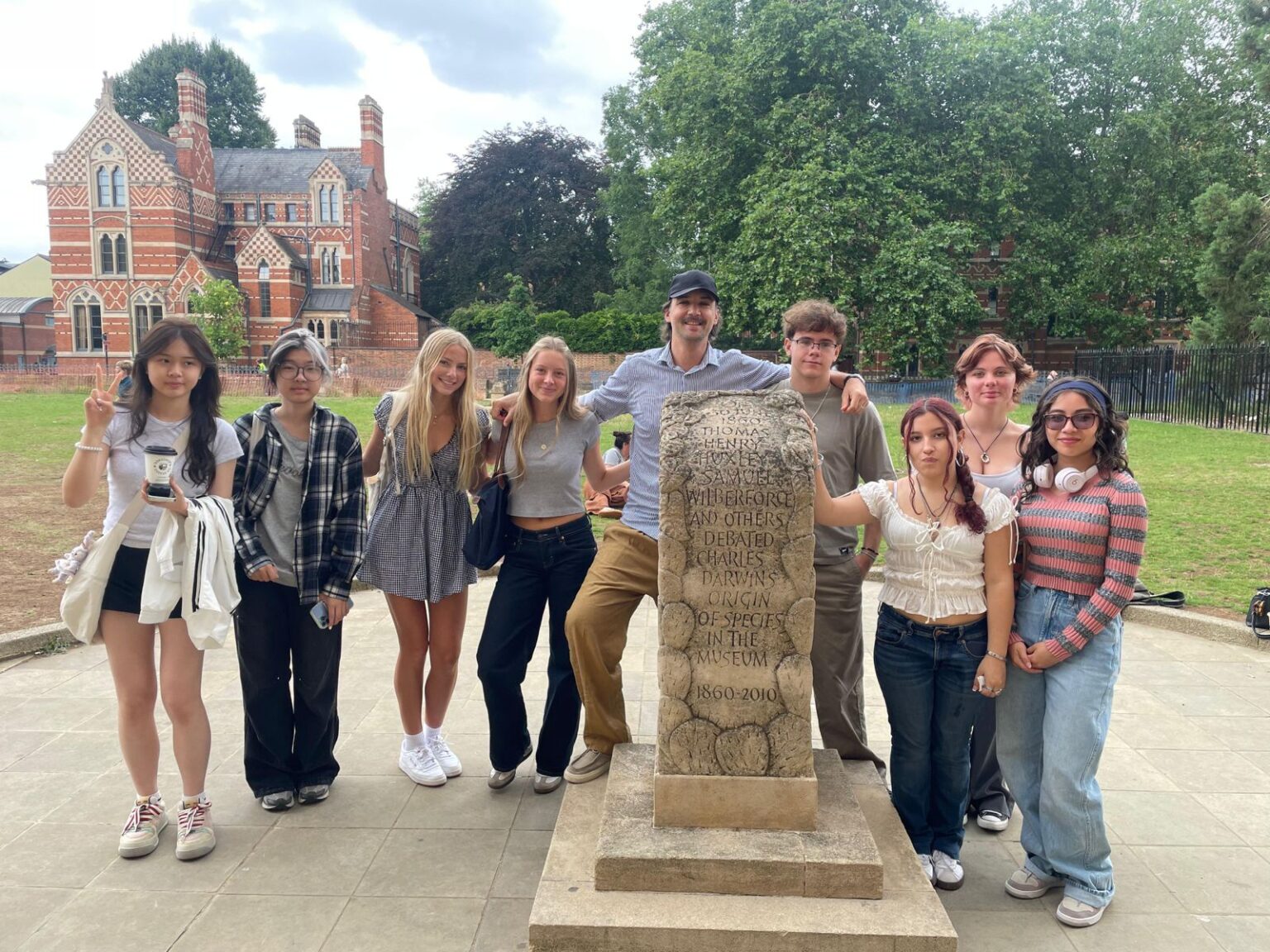
Exploring the Rise of the Novel and the Everlasting Relevancy of Jane Austen
Today in the English Literature major we discussed Jane Austen, the rise of the Gothic novel, and the beginning of the Romantic movement. This led to a vigorous discussion about the interaction of social satire and romance in Austen’s novels, the best Pride and Prejudice adaptation, and speculation about how Mr. Darcy and Elizabeth would utilize social media today. The general consensus was that Mr. Darcy would be obsessed with Snap Maps but absolutely terrible at posting on main, while Elizabeth would maintain a very curated Pinterest board and chic Instagram aesthetic. Later this week, students will be exploring more of the Romantic poet’s radical style through the works of writers such as Percy Shelley and William Wordsworth, as well as discussing the interplay of religion and science in Frankenstein as an early work of science fiction.
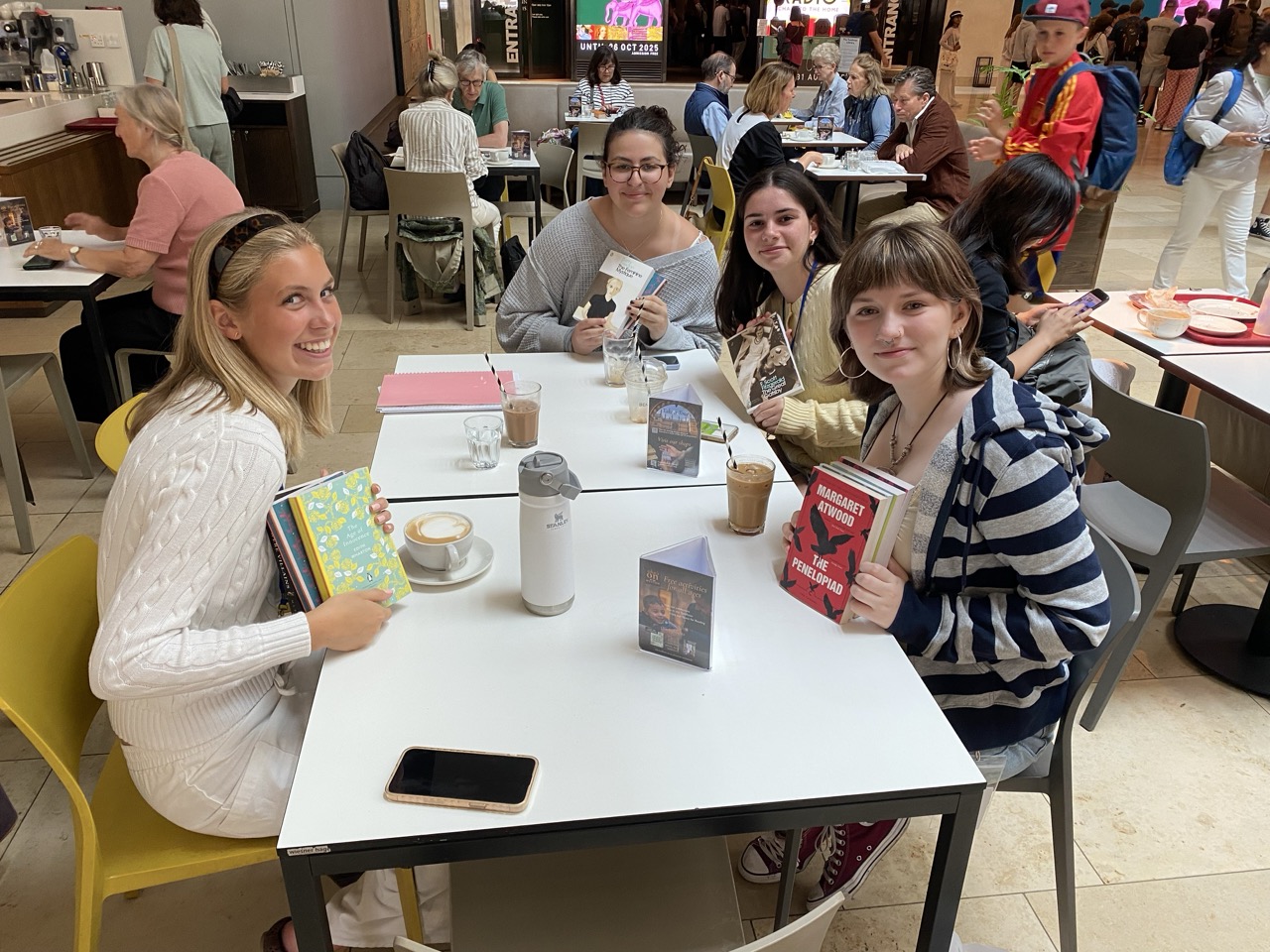
Matcha and Liberalism
The International Relations Major got matcha and strolled through Christ Church Meadow whilst having a lively discussion on how liberal democracy, as a unique form of government, transforms how states interact in the international system. Students also visited Christ Church Memorial Gardens where the Oxford League of Nations society, founded by the inaugural Montague Burton Professor of International Relations Alfred Zimmern, used to meet on a regular basis.
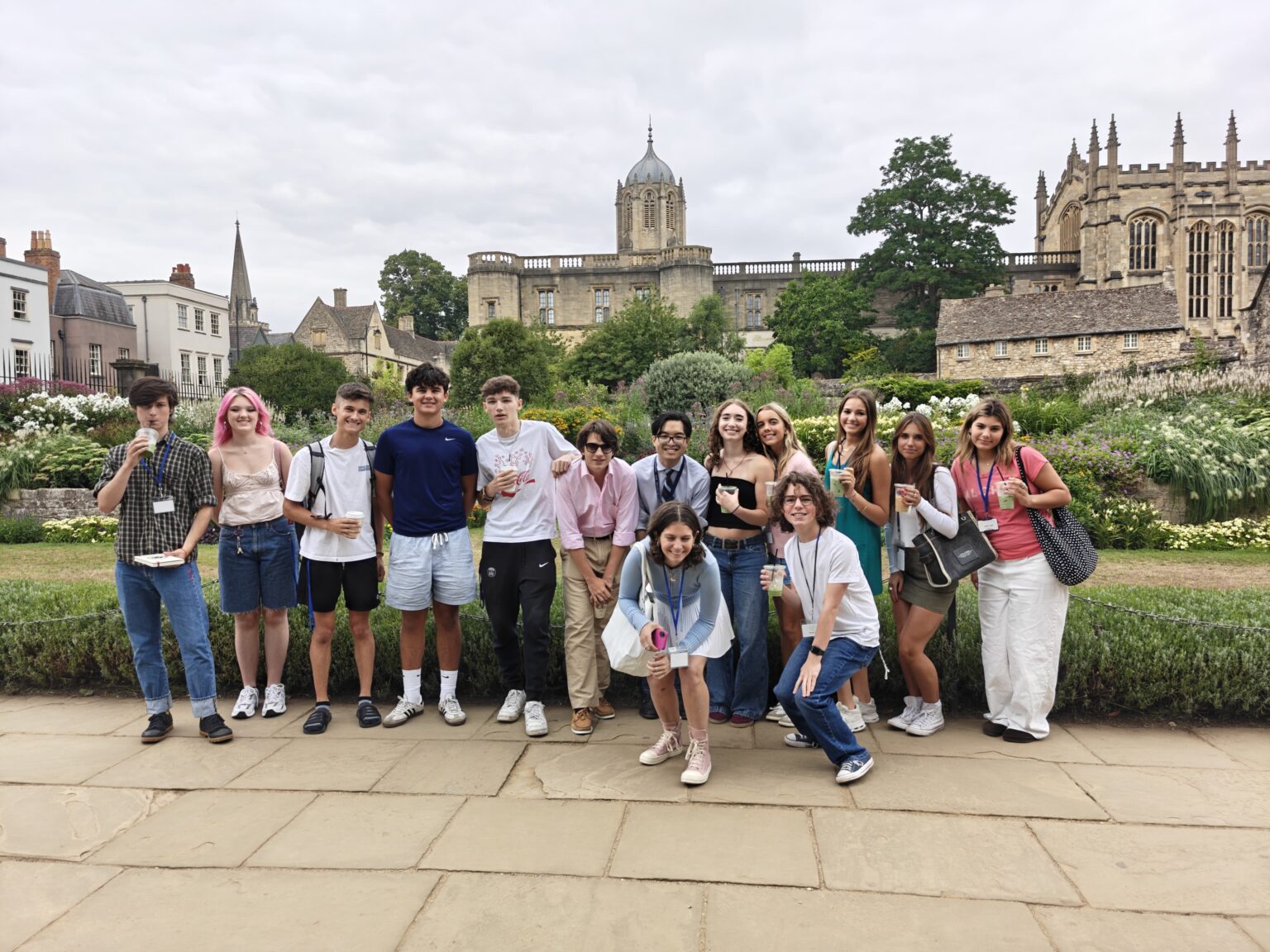
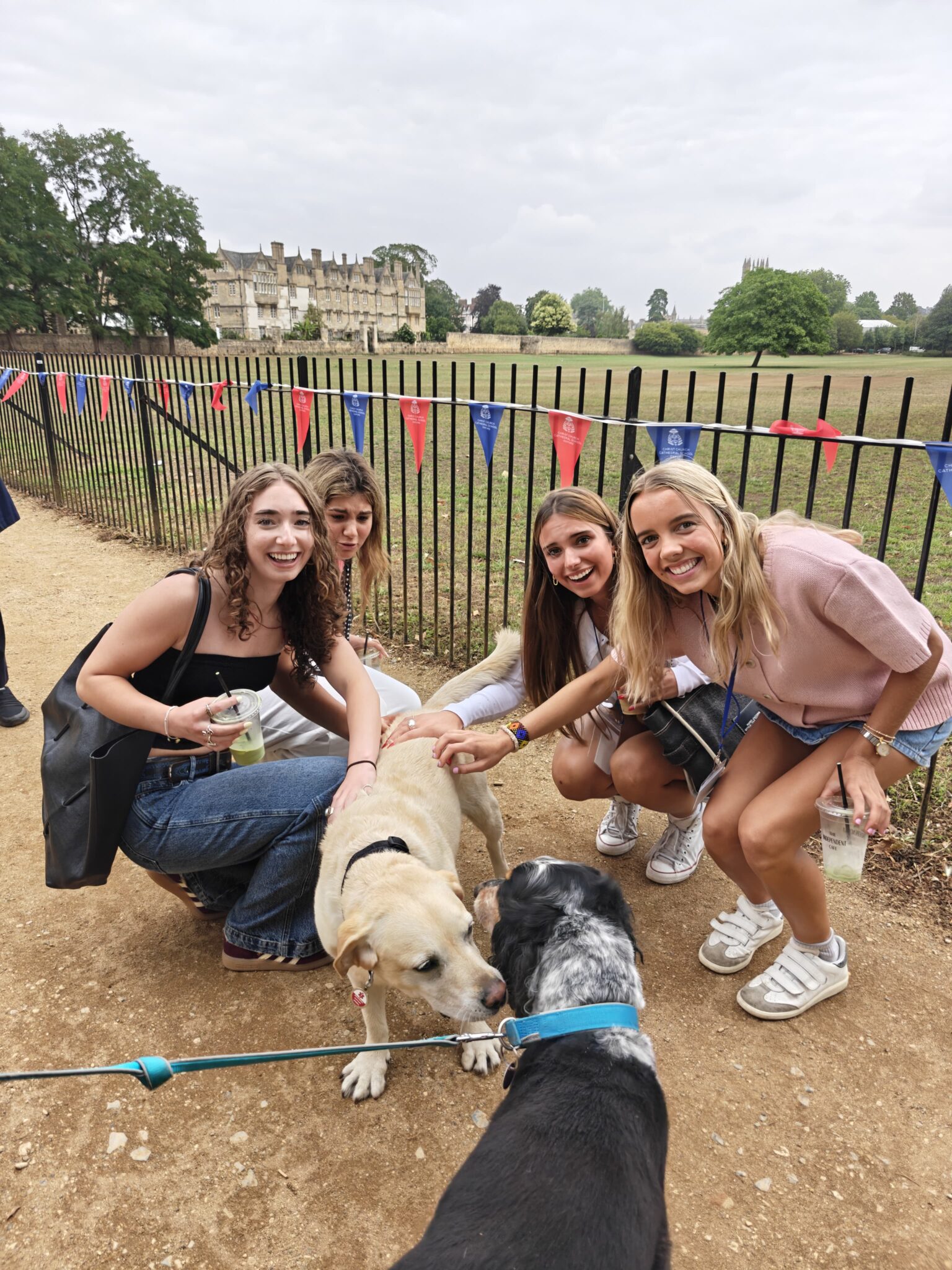
Engines Running at Oxford
Over the past few days, we had the chance to visit the MINI Factory in Oxford—an incredible experience that brought the world of automatic assembly lines, industrial robots, and the fast-paced automobile industry to life. Watching how cars are built with such precision and speed really opened our eyes to the power of automation and the scale of modern manufacturing.
Back in the classroom, we’ve been diving into the fundamentals of electrical engineering and discovering what’s really behind the word “engineer.” We explored how the electric grid works, how power reaches our homes and industries, and how essential this invisible system is to our everyday lives.
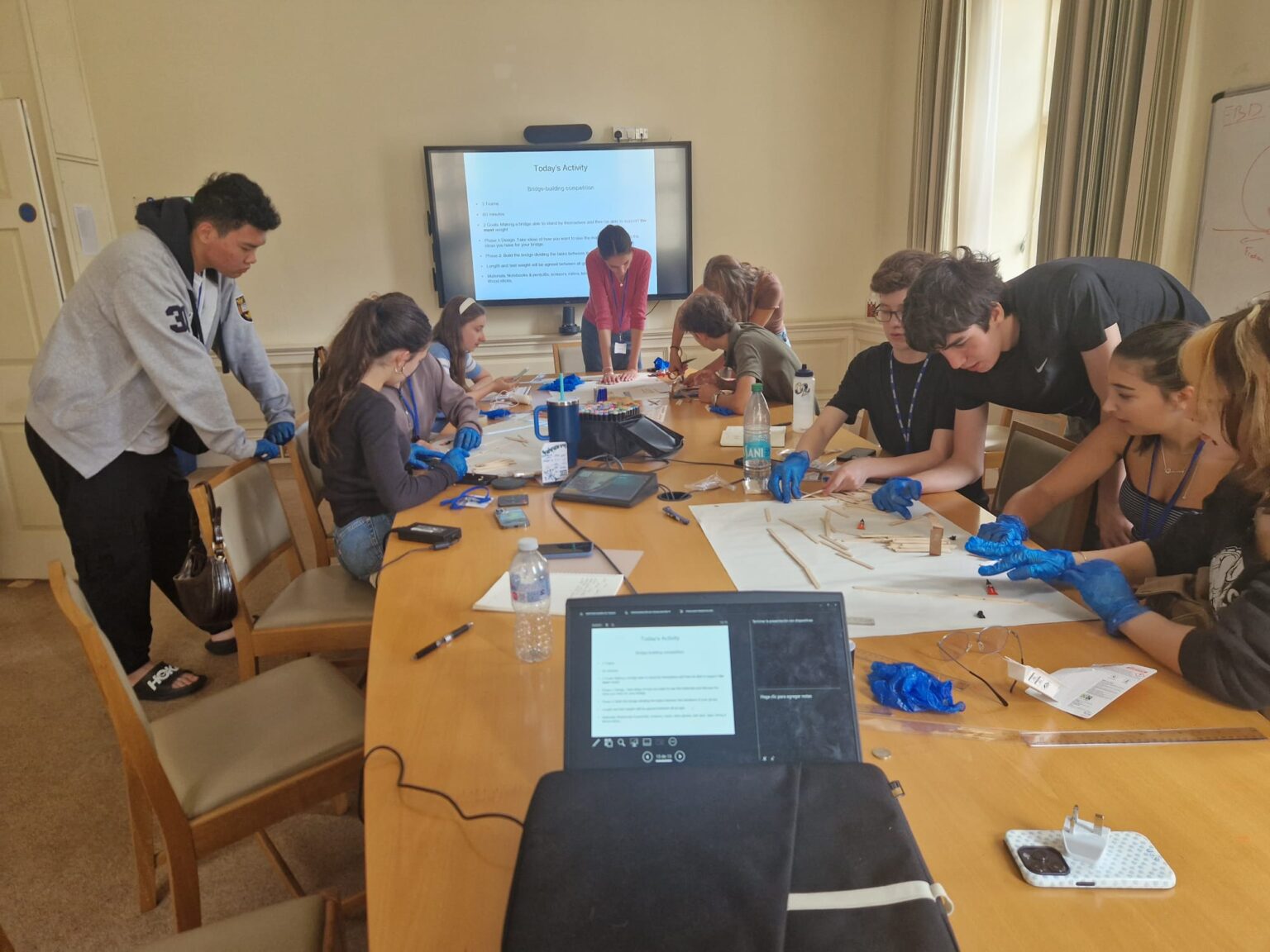
We also got an introduction to the fascinating world of material sciences and mechanical engineering. One of the highlights was a hands-on challenge to build the most resistant bridge—a fun, practical way to apply what we’ve learned about forces, structures, and problem-solving.
Little by little, we’re creating a collaborative and creative environment where everyone’s unique talents are starting to shine. Whether it’s coming up with a bold idea, or defending a design choice, every person is contributing in their own way.
We can’t wait to see what’s next—it’s already been an amazing start, and it’s only getting better!

To learn more about our Oxford Academia program at The University of Oxford, click here!
